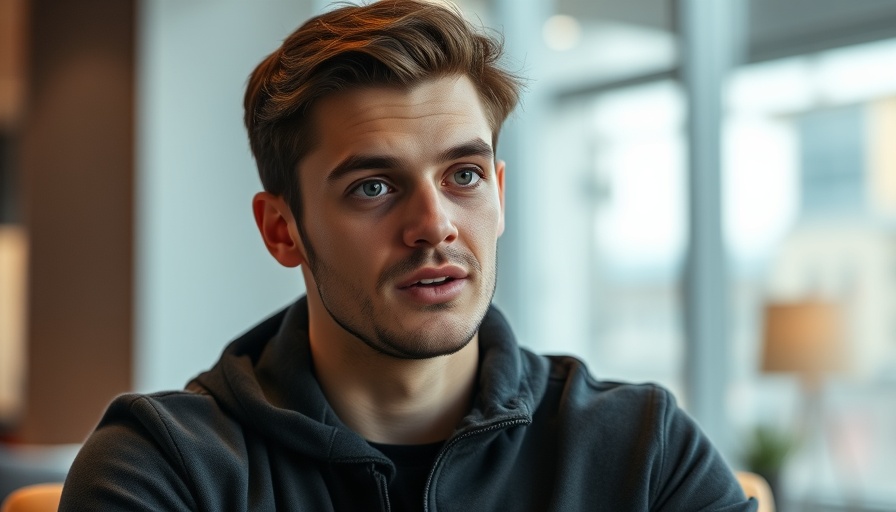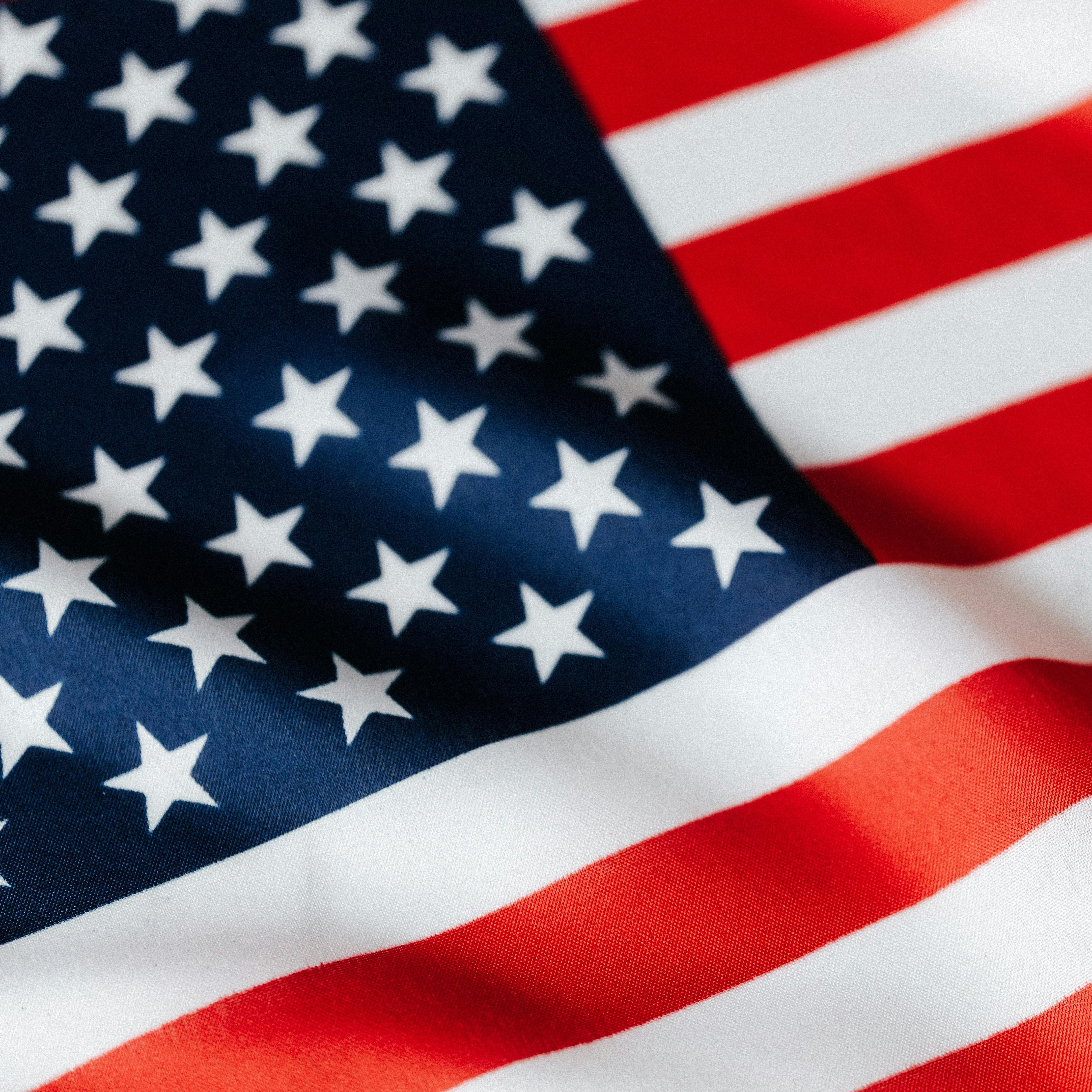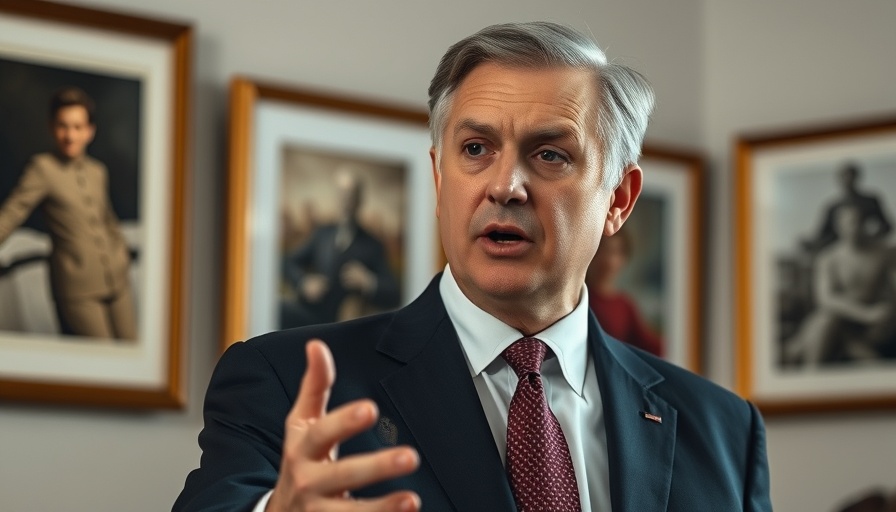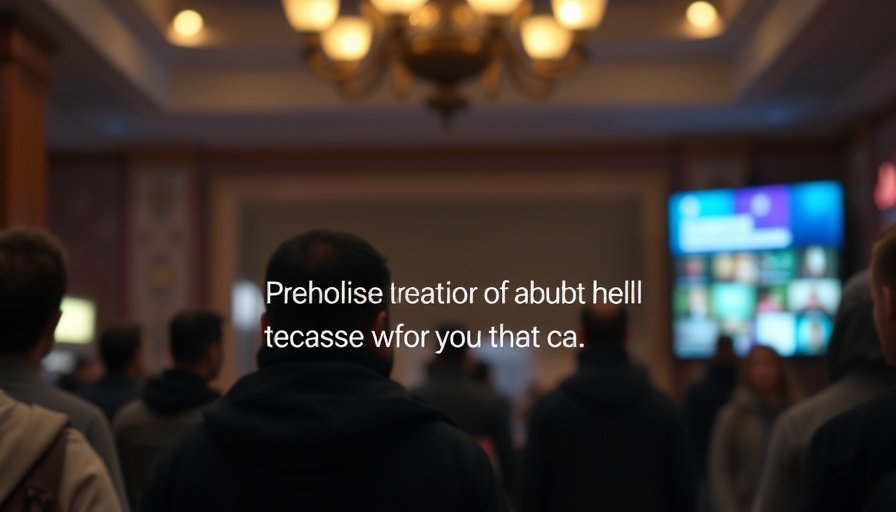
Understanding the Vatican's Conclave: A Tradition of Significance
The process of selecting a new pope is steeped in history, intricately linked to the authority and governance of the Catholic Church. As we approach this pivotal moment following the passing of Pope Francis, it's essential to understand how the conclave works and its implications for the future of not just the Church but also its influence in world affairs.
In 'How the next Pope will be chosen,' the discussion dives into the conclave process, exploring key insights that sparked deeper analysis on our end.
The Historical Context of the Papal Conclave
The term "conclave" comes from the Latin phrase meaning "with key," which reflects the traditional seclusion of cardinals during the selection of a new pope. This practice dates back to the 13th century when, after an extended period without a pope, cardinals were locked in a room and only given bread and water until they reached a consensus. Such traditions underscore the importance of divine guidance in selecting the Church’s leader.
How the Conclave Functions
In the conclave, all eligible cardinals, typically around 120, are sequestered in the Vatican, cut off from the outside world. They engage in discussions and voting processes to elect a new pope. It’s a deeply spiritual experience, with the belief that God guides their decision-making. This sacred assembly culminates in a dramatic moment when the new pope is revealed by the emergence of white smoke from the chimney of the Sistine Chapel, symbolizing a new beginning for the Church.
Spiritual and Political Symbolism
The selection of a pope is not purely a religious matter; it carries significant political weight. The new pope will potentially influence global Catholic communities and their responses to modern issues such as morality, social justice, and the interface of faith with contemporary socio-political dynamics. As conservatives watch these developments, they recognize the impact of Church leadership on broader societal issues, including family values, social security, and economic policies.
Potential Candidates and Their Impact on Conservative Values
Within the College of Cardinals, various candidates can represent different ideological perspectives. Some may lean towards traditional conservative values, closely aligning with issues such as abortion, family rights, and economic stewardship. The new pope's stance on these issues could either reinforce or challenge the values embraced by conservatives around the globe, shaping dialogue in countries like America where religion often intersects with politics.
The Relationship Between Faith and Governance
The conclave also raises questions about the relationship between faith and governance in Europe and beyond. There is a fine line between respecting religious traditions and ensuring that they don’t infringe upon democratic values, freedoms, and individual rights. The new pope's approach could foster a renewed dialogue about how religious leaders can influence government policy without overstepping boundaries.
Looking Forward: What This Means for the Future
As we anticipate the selection of a new pope, it is essential to consider what kind of leadership the Church needs in the 21st century. The new pope will face challenges such as rising secularism, economic disparities, and internal Church controversies. This ongoing evolution in leadership creates an opportunity for the Catholic Church to modernize its approach while retaining core values that resonate with conservative Americans.
In summary, the conclave represents a critical juncture for both the Catholic Church and the wider world. It embodies the intersection of faith, tradition, and modernity, and the decisions made will have lasting implications. For conservatives, staying informed about these developments means understanding how they align with personal and national values. The stakes are indeed high, and the eyes of the world will be watching as this significant event unfolds.
 Add Row
Add Row  Add
Add 




 Add Row
Add Row  Add
Add 

Write A Comment